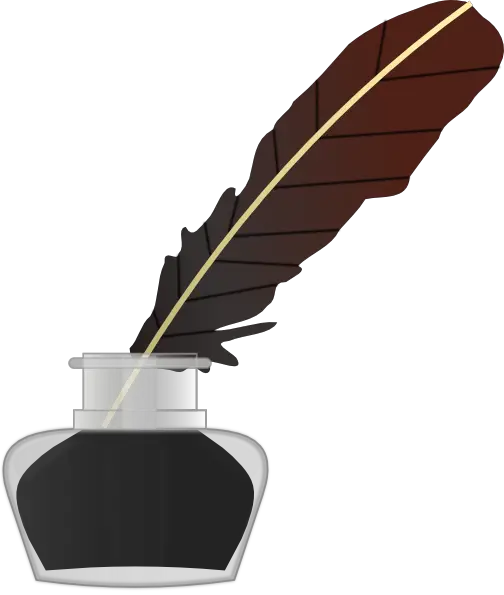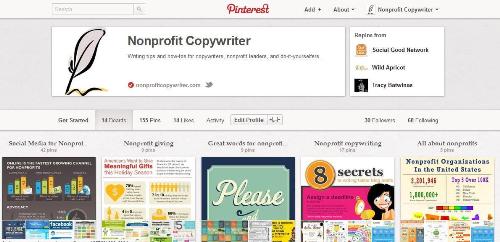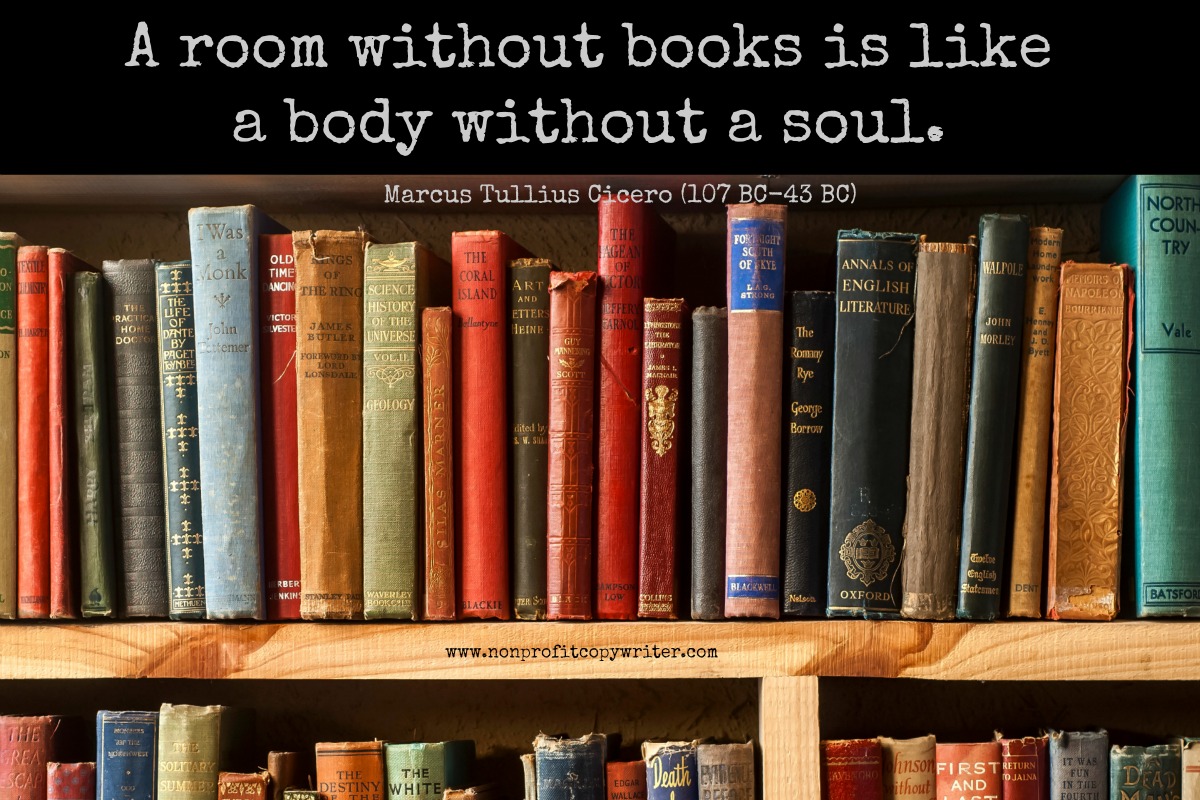| Back to Back Issues Page | |||||||||||
 |
|||||||||||
|
[Word Wise] How to Know Where to Publish Your Book November 24, 2015 |
|||||||||||
Write Better. Right Away.Volume 11, Number 14: Issue #106 ... ISSN: 1933-9690Welcome, fellow writer! Every couple of weeks, we’ll send you this newsletter packed with practical and useful writing tips to help you learn how to write better and how to write faster, no matter how much or how little writing experience you have. Black Friday Blowout Sale: Online Writing Courses for $10Browse all kinds of online writing courses you can take from home at your convenience, from How to Start Freelance Writing to How to Write, Polish, and Publish Your First Novel to Make Money Writing. Take advantage of the Black Friday Blowout Sale for Word Wise readers going on now for a limited time. Check out the deals.Nonprofit Copywriter is on Pinterest. Join us!Nonprofit Copywriter
FEATURE: Which Publishing Platform Should You Choose and Use?
As you move forward with writing a book, you’ll make an important decision: which publishing platform you’ll use to publish your book. It used to be that in order to become an author, you had one route to publication: solicit a publishing house and get a book contract. Now you have alternatives. Here is a brief snapshot of your options so you can make the best decision for your project.
And check out more tips for writing a book on our Pinterest board. Stay tuned for more book writing help in the next issue of Word Wise. More Tips for Getting Started Writing a Book
A Wise Word
Words matter ... use them wisely!
Kathy with Nonprofit Copywriter Email me with your comments and questions! www.nonprofitcopywriter.com P.S. Invite friends and colleagues to subscribe to Word Wise. Forward this issue or send them a link to Nonprofit Copywriter where they can sign up.
|
|||||||||||
| Back to Back Issues Page |



